Private drone operators are seeking a larger role in Japan‘s disaster response efforts, as demonstrated by recent events in Ishikawa Prefecture. According to a recent article in The Japan Times, these operators have been volunteering their services to assist in areas hit by natural disasters, showcasing the potential of unmanned aerial vehicles (UAVs) in emergency situations.
Drones to the Rescue
Following a magnitude 7.6 earthquake that struck the Noto Peninsula in Ishikawa Prefecture in January, drone operators returned to the region last week after record-breaking rainfall caused severe floods and cut off access to remote communities.
The Japan UAS Industrial Development Association (JUIDA), an industry body of Drone Companies, was commissioned by the Self-Defense Forces to carry out multiple missions, including transporting essential supplies like bread, vegetable juice, milk, and cooked and dry-packed rice to isolated areas.
KDDI SmartDrone’s Crucial Role
KDDI SmartDrone, directly commissioned by the prefecture, played a vital role in assessing the damage caused by landslides. The company flew drones over wrecked roads to capture images that would help authorities evaluate the extent of the destruction. An image taken by a KDDI SmartDrone shows a landslide caused by the record-breaking rainfall blocking a road in Ishikawa Prefecture.

Government Recognition and Policy Changes
The potential of drones in disaster relief has gained significant attention this year. The central government revised its basic plan for disaster response in June, specifying that high-performance drones will be used to transport supplies and assess situations during disasters. This move demonstrates a growing recognition of the valuable role UAVs can play in emergency management.
Yuji Nakada, the head of Ishikawa Prefecture’s crisis management division, stated, “It’s faster to transport (goods) with drones than personnel, so we want to make more use of them in the future.”
Challenges and Future Plans
Despite the progress, there are still hurdles to overcome. Manabu Shimamoto, a former Self-Defense Forces official and JUIDA’s adviser in Ishikawa Prefecture, pointed out the need for established protocols:
“There was no protocol (this time), so I think there was a slight delay in mobilization, or perhaps a bit of a time lag. I think if there had been an agreement, mobilization would have gone automatically.”
The next step for JUIDA is to establish protocols with local governments to deploy drones without delay and systematize the collective efforts of drone firms.
Towards a Drone-Assisted Future
Natsuko Ito, a spokeswoman for Aeronext, which runs drone operator Next Delivery, emphasized the importance of building a robust drone infrastructure:
“If you build a logistics infrastructure that includes drone delivery on an everyday basis, you can switch from a routine operation to a contingency system in the event of a disaster.”
DroneXL’s Take
The increasing role of drones in disaster response in Japan reflects a global trend towards leveraging UAV technology for public safety and emergency management. This aligns with recent developments we’ve seen in first responder applications of drones.
As Drone Technology continues to advance, we can expect to see more integration of these unmanned systems into disaster preparedness and response strategies worldwide.
The Japanese model of collaboration between private operators, industry associations, and government agencies could serve as an example for other Countries looking to enhance their disaster response capabilities.
What are your thoughts on the use of drones in disaster response? Share your opinions in the comments below.
Photo credit: KDDI SmartDrone
Discover more from DroneXL.co
Subscribe to get the latest posts sent to your email.
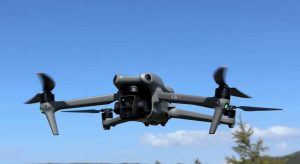
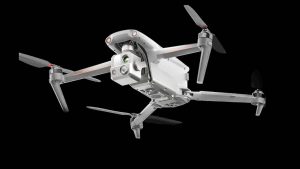

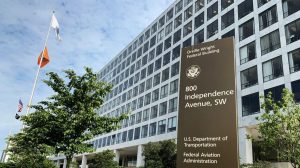
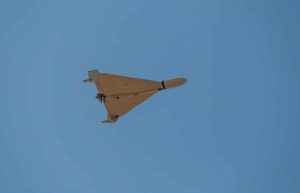
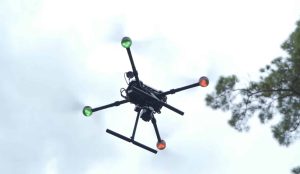
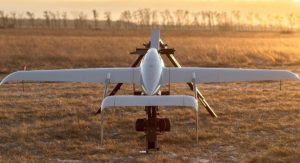
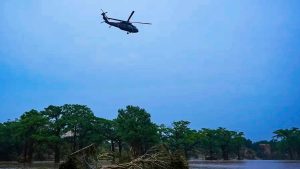

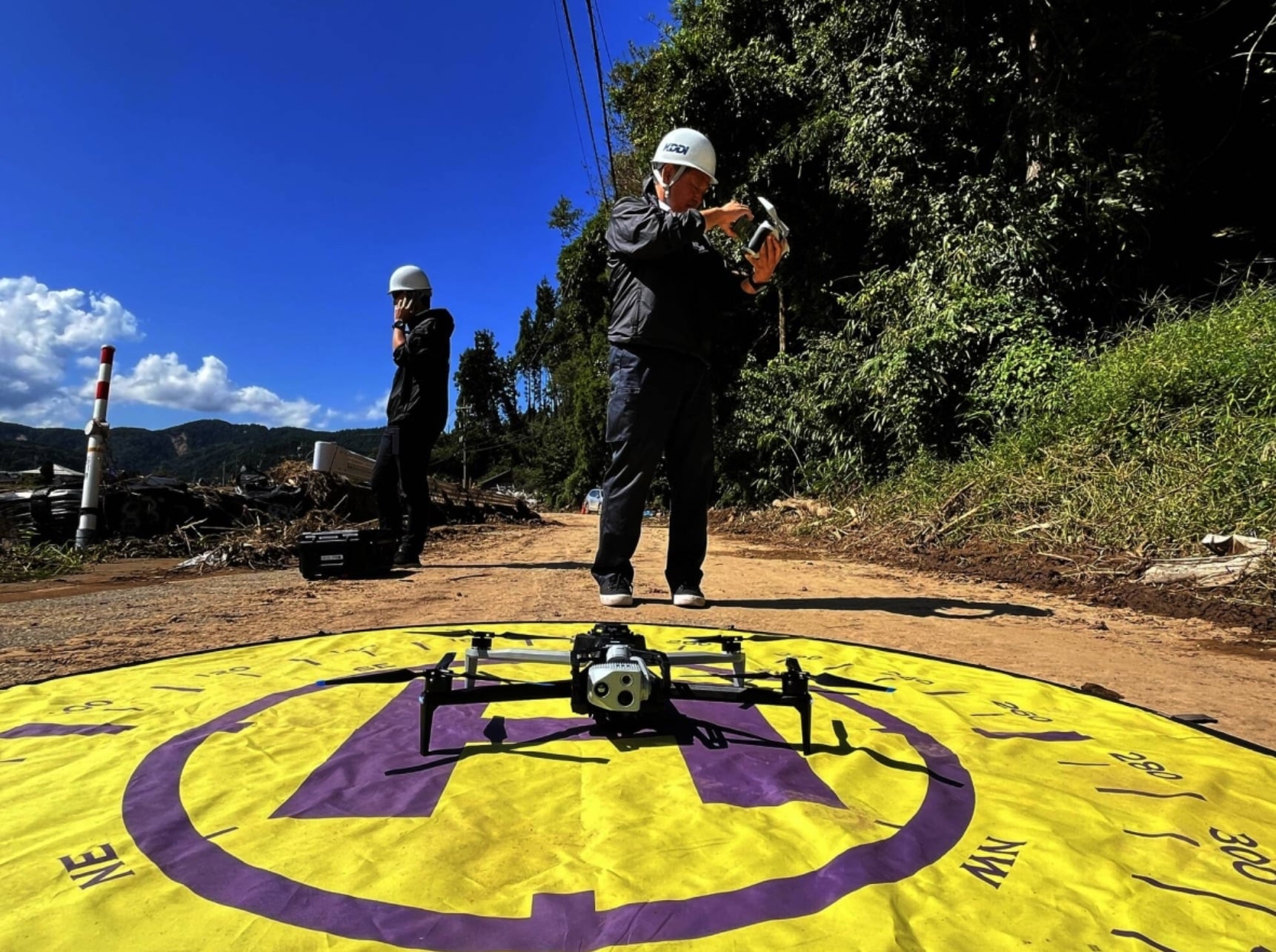
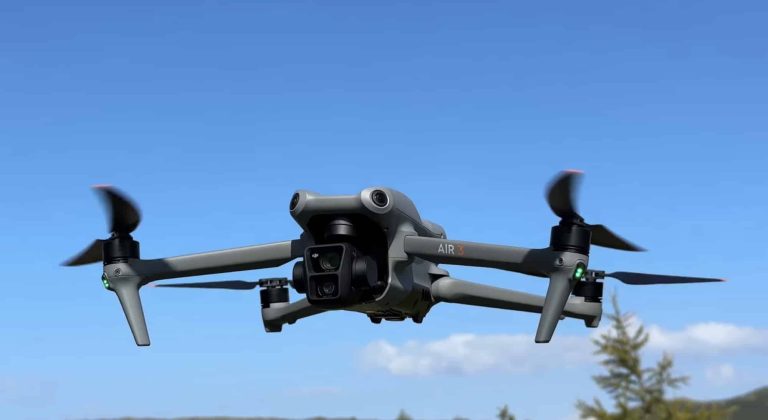
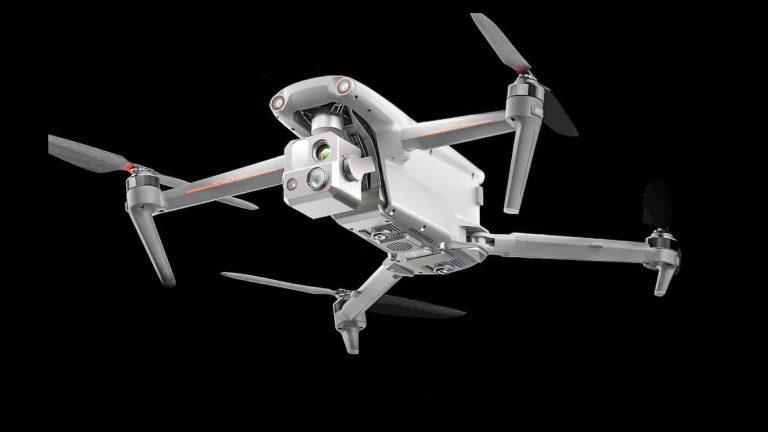
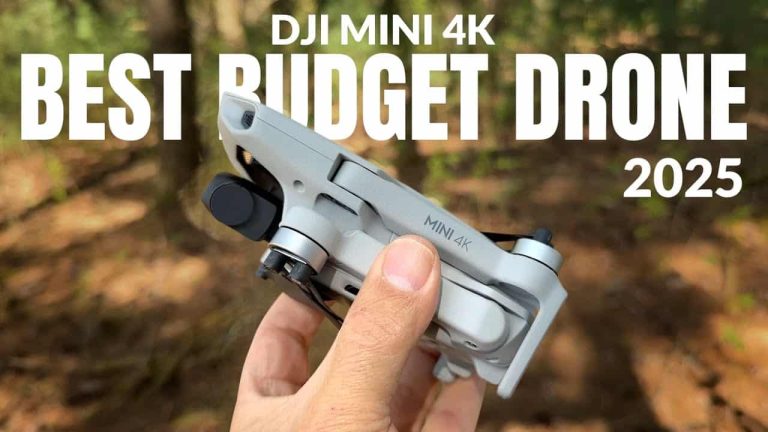
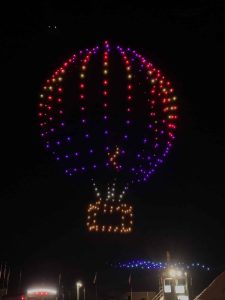
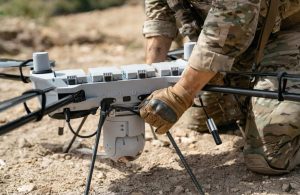

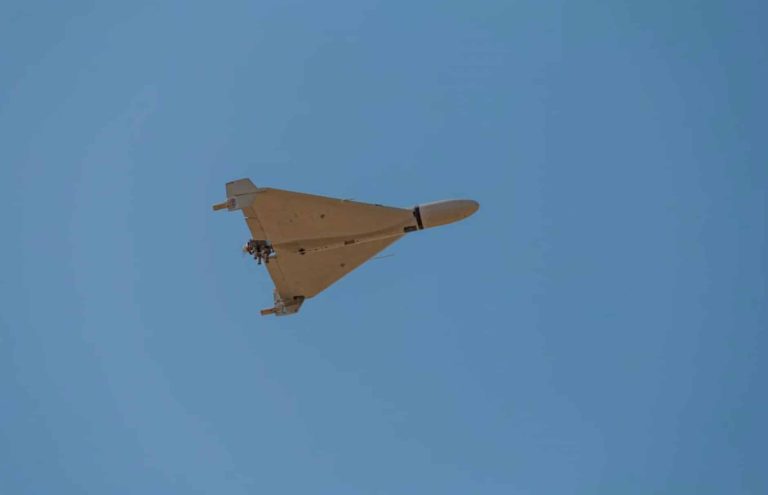
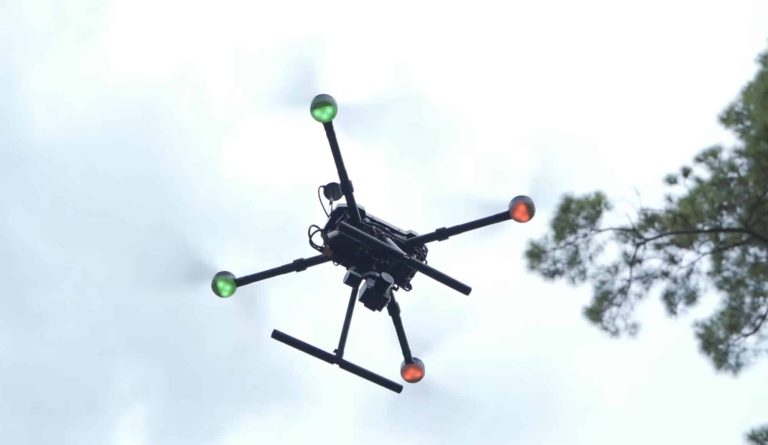
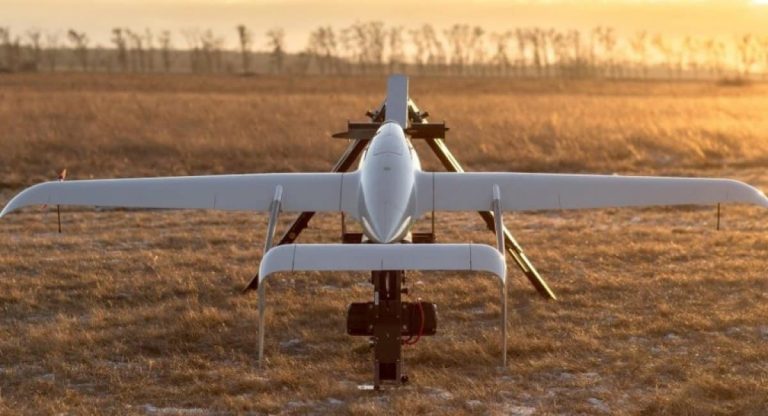
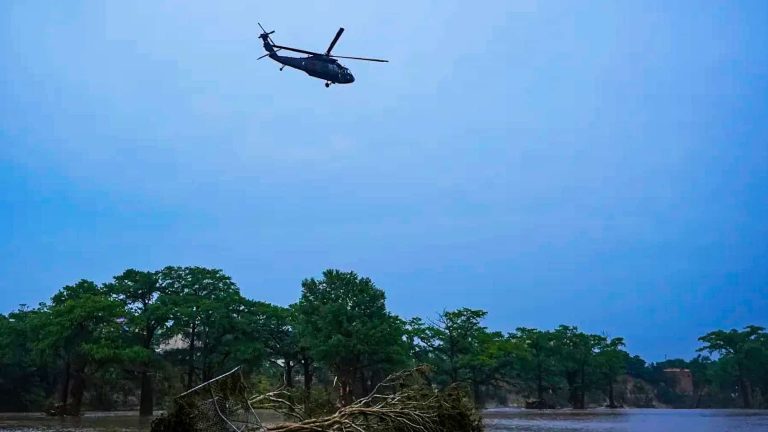
+ There are no comments
Add yours